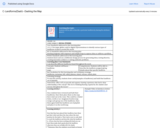
An engaging lesson using Dash robot to help students identify and describe different attributes of landforms.
- Subject:
- Applied Science
- Computer Science
- Social Studies
- Material Type:
- Activity/Lab
- Date Added:
- 03/17/2023

An engaging lesson using Dash robot to help students identify and describe different attributes of landforms.

Students will learn about sound and how sound moves. Students then work together to make an instrument (a kazoo) to make sound.

Students will learn how to design 3-Dimensional objects using Tinkercad.

Investigate engineering and create a working prototype using the design thinking process.

Students discover engineering and use the design thinking process to create prototypes to show their learning about engineering.
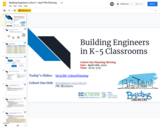
These are the slides that Cohort 1 folks utilized to generate ideas and make connections on 4/19/22.
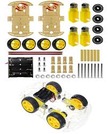
Design and build extensions onto the Driving Base and program it to complete two tasks. Students will learn and practice engineering and manufacturing techniques, cooperation and teamwork skills as they build and code an Autonomous Mobile Robot.
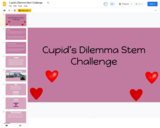
Students construct a bridge that will get Cupid to his destination and withstand all of his Valentines. They will build a bridge with only candy hearts and toothpicks.
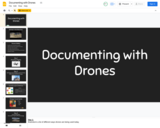
Each group will build a different building 2-level wing of the team's school in one day but can only use the materials provided to the team. Each wing must include several classrooms for drones to survey and land.
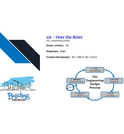
This is an engineering design brief SAMPLE that can be used to help guide how to utilize the template correctly.

This is the template we will use to upload new engineering design briefs/lessons. This link will force a copy so that you can fill the template out completely.
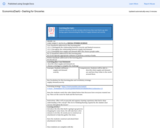
Students will have to decide and plan which items they want Dash to go after during a game demonstrating the effects of supply, demand, and scarcity.
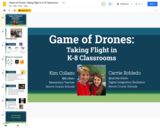
Presentation provides various ways teachers can incorporate drones into the 4 major disciplines of the curriculum.
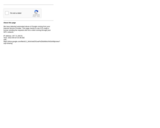
This is the image to use as the header logo when uploading Engineering Design Briefs to Go Open NC group.
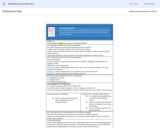
In this lesson students work in collaborative groups to collect, represent, and interpret numerical data that they generate by using Sphero robots to knock down bowling pins!
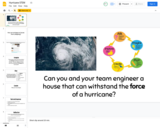
Students will engineer a house that can withstand the force of a hurricane. Students will think about wind forces and the structures of houses to create their house using certain materials.
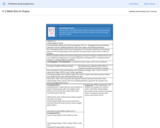
Students will use bots (Sphero Indi or Beebots) to make a shape demonstrating not only their understanding of the attributes of shapes but of the technology required to apply it.

Make a map that leads to a new continent. Students will code a Sphero to travel the path of the map.

3-6 Teacher directions to help educators understand and use the Mooresville Online Academy Grant modules with students.

Explore what coding is and create your own game without using a computer!